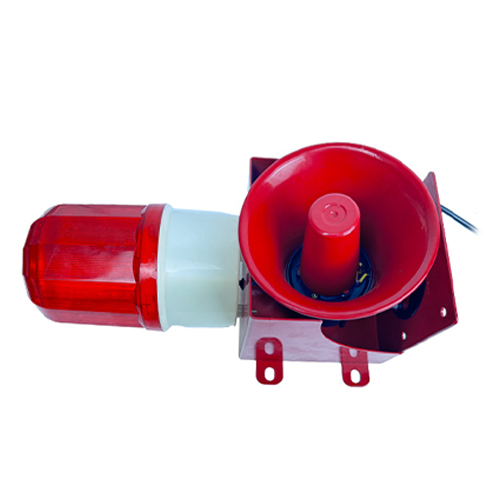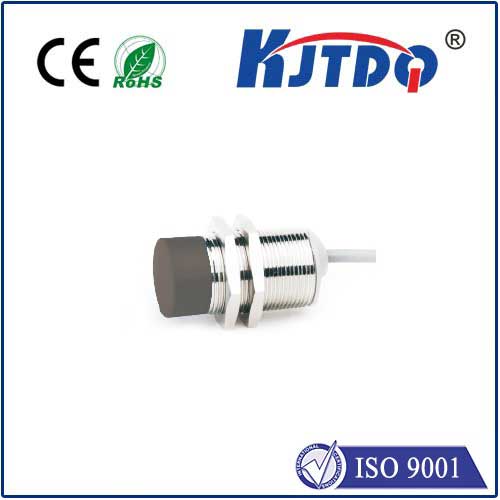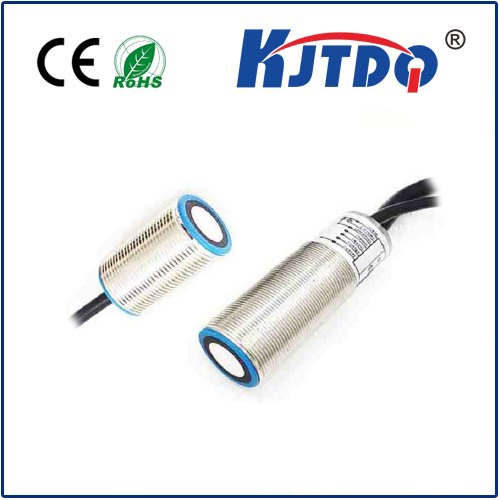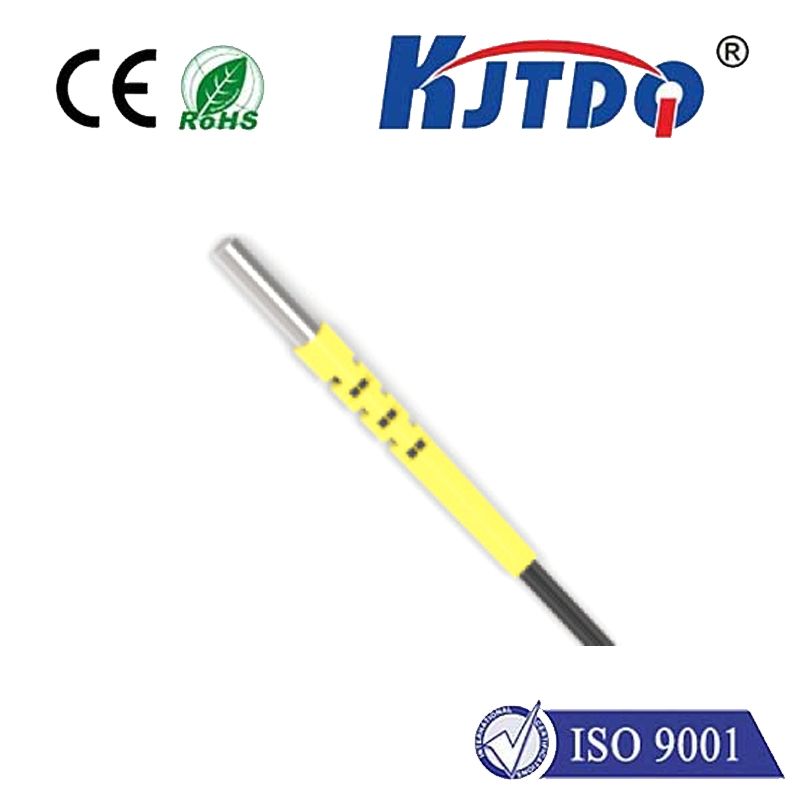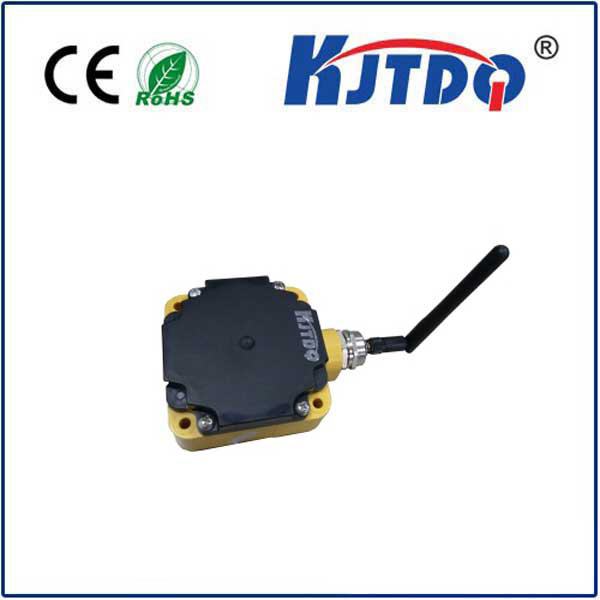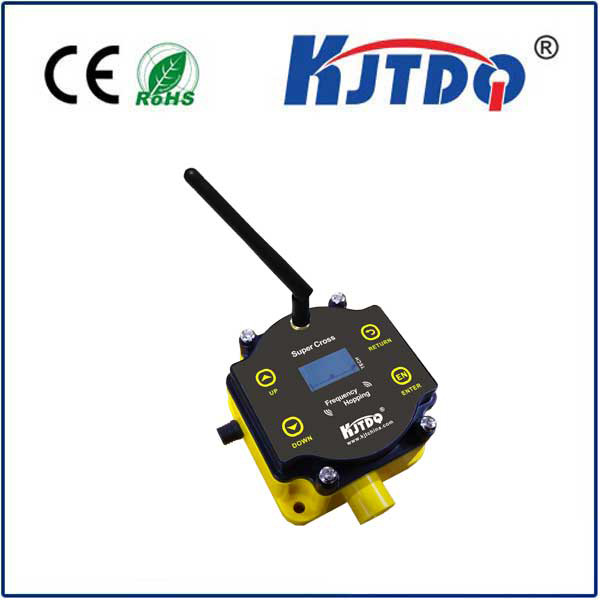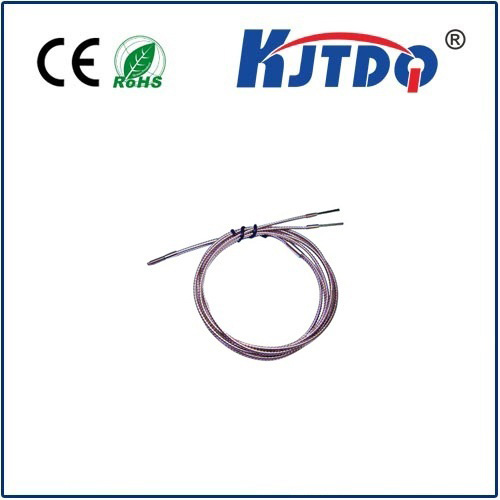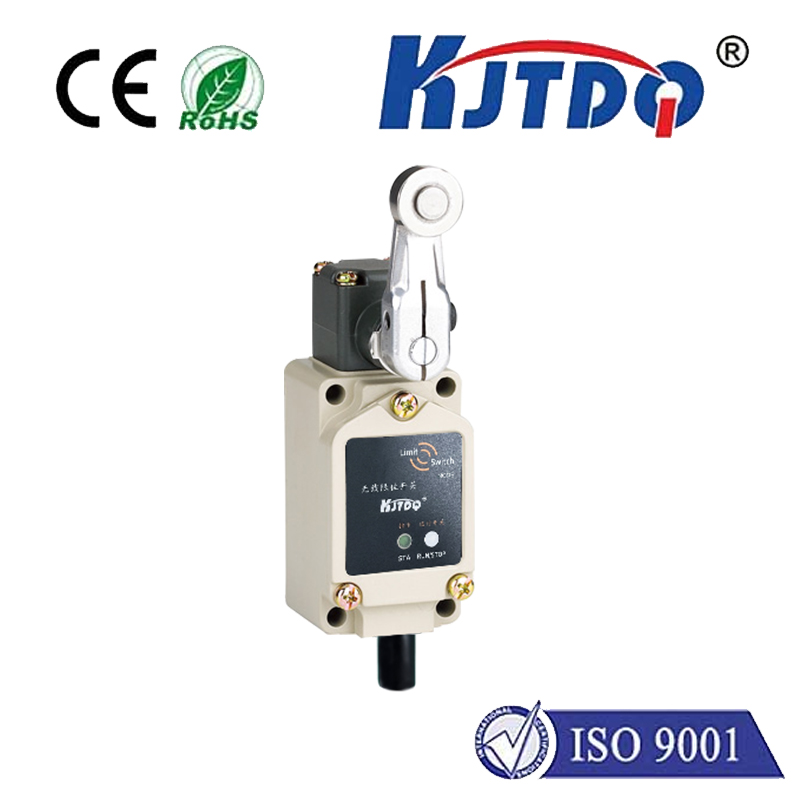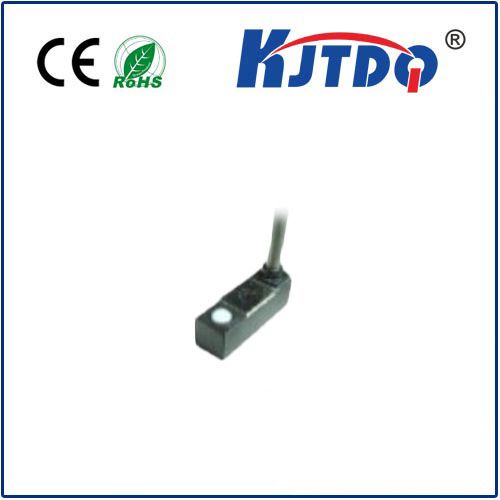

check

check

check

check

check

check

check

check

check

check
Sensor PR18 8DP is a widely used sensor that offers high accuracy and reliable performance in various applications. It is a piezoelectric transducer that converts mechanical vibration into electrical signals, which can be used to measure different physical parameters such as acceleration, velocity, force, and position. In this article, we will provide an in-depth analysis of the Sensor PR18 8DP and discuss how to choose the right one for your specific needs.
The Sensor PR18 8DP is based on a patented technology called "piezoelectric crystal vibration transducer". It consists of a thin layer of quartz crystal placed between two metal plates that are bonded together. When the quartz crystal vibrates, it generates an electric signal that is proportional to the frequency and amplitude of the vibration. This signal can then be processed and converted into meaningful data using specialized electronics. One of the advantages of the Sensor PR18 8DP is its low cost and simplicity, making it suitable for a wide range of applications. However, like any other sensor, it has some limitations and trade-offs that need to be considered when selecting the appropriate model.
In terms of accuracy, the Sensor PR18 8DP has a typical resolution of about 0.05 g (or 50 mg/cm^2) at a sampling rate of 1kHz. This means that it can detect small changes in weight or acceleration with high precision over a long period of time. However, its resolution may be insufficient for certain applications where higher accuracy is required, such as measuring very small movements or detecting very weak signals. Additionally, the Sensor PR18 8DP has a limited dynamic range, which means it cannot accurately measure extreme values that fall outside its normal operating range. Therefore, if you need to measure extremely high or low values, you may need to use multiple sensors or incorporate external signal processing techniques.
Another important factor to consider when choosing a Sensor PR18 8DP is its sensitivity. The sensitivity refers to how responsive the sensor is to changes in its environment or measurement variables. A high sensitivity sensor can detect small changes more easily than a low sensitivity one, but it also requires less power to operate and may produce more noise or interference. Therefore, you need to balance the desired level of sensitivity with other factors such as cost, complexity, and reliability. Some models of the Sensor PR18 8DP offer adjustable sensitivity options that allow you to tailor the sensor's behavior to your specific requirements.
In addition to accuracy, sensitivity, and dynamic range, there are other factors that may affect your choice of Sensor PR18 8DP, such as size, temperature range, humidity resistance, and operating frequency. These factors can vary depending on the manufacturer and model you choose, so it's important to do your research and read product specifications carefully before making a purchase. You may also want to consult with experts in your field or seek advice from technical forums or communities to get feedback on specific applications or configurations.
Overall, the Sensor PR18 8DP is a versatile and reliable sensor that can meet many common monitoring and measurement needs. By understanding its characteristics and limitations, you can make an informed decision about which model best suits your requirements and budget. Whether you are working in industrial automation, robotics, health care, agriculture, or other fields, the Sensor PR18 8DP can help you collect valuable data and improve your productivity and accuracy.
